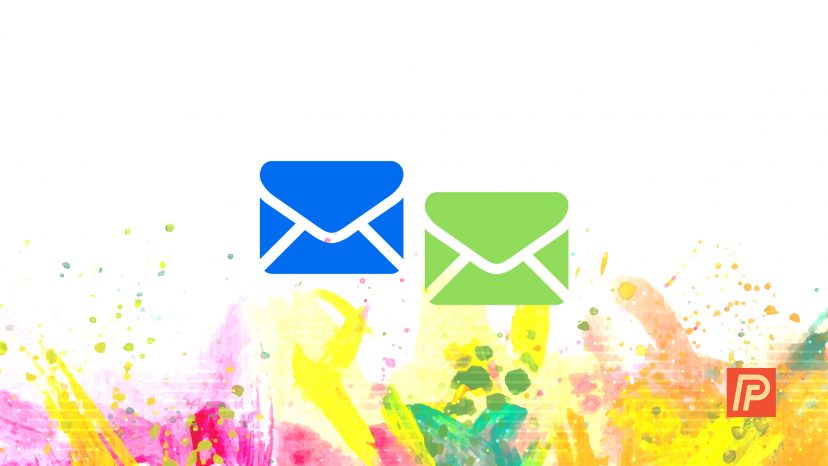Underneath the surface, iMessages and text messages are fundamentally different technologies, even though they both live in the Messages app on your iPhone. I think it’s important for every iPhone owner to know the difference between text messages and iMessages, because that knowledge can have a significant impact on your phone bill.
Text Messages
Regular text messages use the text messaging plan that you purchase through your carrier. There are two kinds of text messages:
- SMS (Short Message Service): The original text messages that we’ve been using for years. SMS messages are limited to 160 characters and can only contain text.
- MMS (Multimedia Messaging Service): MMS messages extend the capability of original text messages, and support sending photos, longer text messages, and other content.
Carriers used to charge more to send MMS messages than SMS messages, and some still do. Nowadays, most carriers most charge the same amount for SMS and MMS messages and count them as part of a single text messaging plan.
iMessages
iMessages are fundamentally different than text messages because they use data to send messages, not the text messaging plan you purchase through your wireless carrier.
Benefits Of Using iMessage
- iMessage does a whole lot more than SMS or MMS: iMessage supports sending photos, videos, files, locations, and a slew of other data types using the Messages app.
- iMessage works over Wi-Fi: As you can imagine, sending and receiving photos or videos can use a lot of data, and you pay for that data using with your cellular data plan. If you’re connected to Wi-Fi, you can send iMessages without using your cellular data or text messaging plan.
- iMessage is faster than SMS or MMS: SMS and MMS messages are sent using different technology than your iPhone uses to connect to the internet. You can send photos and other large files a lot faster using iMessage than you can using MMS messages.
The One Drawback
- iMessage only works between Apple devices. You can send and receive iMessages from iPhones, iPads, iPods, and Macs, but not from Android phones, PCs, or other devices. If you’re in a group text with 8 people and 1 person has an Android phone, the entire conversation will use SMS or MMS messages – the type of message that everyone’s phone is capable of having.
How To Avoid A Large Phone Bill Because Of iMessage
Cellular data is expensive, and people ask me about it all the time. I’ve written an article about how to find out what’s using data on your iPhone, and iMessage can be a major culprit. Since iMessage can send photos, videos, and other large files, iMessages can eat through your cellular data plan very quickly.
Remember this: The iMessages you receive use your data plan too. Try to use Wi-Fi as much as possible when you’re sending or receiving lots of photos or videos using the Messages app.
I hope this article has helped you understand the differences between iMessages and text messages. Thanks for reading, and if you have any other questions about your iPhone, the Payette Forward Facebook Group is a great place to get help.
All the best, and remember to pay it forward,
David P.
